
Counterfeiting in e-commerce
The growth of counterfeit goods is one of the most pressing problems that have gripped the entire globe. In this article, we will look at how much it is possible to fight fakes and what methods are used for this.
At present, countries have begun to actively combat this problem using various methods of struggle. Let's take a look at them.
China
In the winter of 2019, China passed a law stating that e-commerce sites are responsible for selling counterfeit goods to third parties. The adopted law not only obliges to report all offenses, but also requires the seizure of these goods. Failure to comply will result in a fine of $ 7,200 to $ 72,000 on the online platform. If the counterfeit product threatens the health of buyers (this concerns the sale of counterfeit drugs or food), the fine can go up to $ 290,000.
India
Indian law is more lenient compared to China's law. If available on the site, as well as the sale of counterfeit goods, a certain fine is imposed on retailers. However, unlike China, where the fine is paid to the state, in India the buyer receives the fine. In the summer of 2020, the Indian government clarified and secured consumer rights in the event of the acquisition of counterfeit products.
USA
In early 2020, a 54-page presidential report on the fight against counterfeit goods was published in the United States. In March of the same year, the US Congress passed a law to combat the sale of counterfeit goods. For the placement and sale of counterfeit goods, a fine is imposed, the amount of which has not been established.
Retailers' approaches to solving the problem of distribution of counterfeit goods.
Amazon
Amazon is familiar with the counterfeit problem. One of the risk factors is considered to be counterfeit goods that are distributed on the online platform with the help of third-party buyers. However, in addition to the large revenue that third parties bring to the Amazon platform, they pose big challenges. The increased incidence of counterfeit sales forced Amazon to think and tackle this problem. In early 2019, Amazon began testing Project Zero, which allows brands and manufacturers to delete counterfeit accounts on their own. Currently, about 500 well-known brands are connected to this project.
Alibaba
The Alibaba platform is also seriously concerned about this problem. In 2017, an anti-counterfeiting alliance was created, which includes more than 500 large brands from 17 countries. The fight is carried out using artificial intelligence, but the details of the system's operation are not publicized.
According to the annual report, in 2018 it was possible to seize goods for $ 530 million and arrest more than 1,200 people.
Russian online counterfeit.
The problem of counterfeit goods has not spared the Russian market. According to research conducted by "ТИАР-Центр", the volume of counterfeit products reached 5 trillion rubles, and the main sales channels were wholesale markets, large shopping centers and Internet sites.
The most popular product category in which fake products can be found:
– footwear;
– cosmetics;
–children's products;
– jewelry;
– clothes.
Legislation is a key obstacle to fighting counterfeiting in the Russian market. In order to block and restrict the activities of a site with counterfeit goods, a court decision is required, and this is a rather long and costly process.
Last News
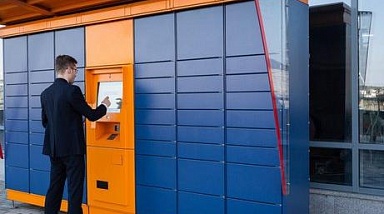
From year to year in Russia, there is an increase in the number of order pick-up point and, according to experts, their number has reached 40 thousand, and this is only those that belong to various services and shops. In addition to them, there are 42 thousand "Почта России". The increase in the number of pickup points and post offices was influenced by the coronavirus pandemic. What are the further prospects for the development of this type of service?
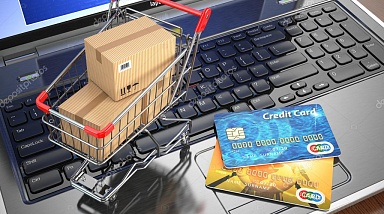
The growth of counterfeit goods is one of the most pressing problems that have gripped the entire globe. In this article, we will look at how much it is possible to fight fakes and what methods are used for this.
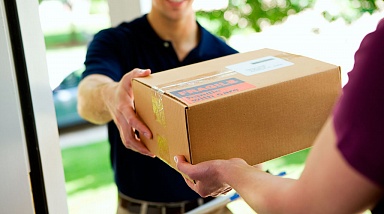
As a result of the introduction of quarantine measures that were aimed at preventing COVID-19, an increase in sales on electronic platforms of a variety of product categories, which led to a huge demand for the provision of delivery services. This made retailers think about solving the issues that arose in the logistics area.
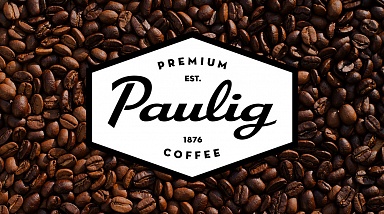
Paulig is currently one of the leaders in the natural coffee segment in Finland, the Baltic States and Russia, and thanks to its wide range of products, every gourmet will find coffee to their liking. Paulig headquarters and largest roaster are located in Helsinki, Finland.
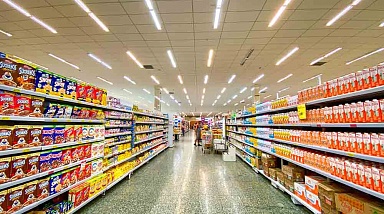
The study shows that the very phenomenon of COVID is alarming for 77% of shoppers. But if we consider not the pandemic itself, but its economic consequences, the number of people expressing serious concern will increase to 91%.

One of the key differences between the coronavirus crisis and cyclical financial crises is its unpredictability, due to the large number of likely events and unpredictable time frames.

The study shows that the very phenomenon of COVID is alarming for 77% of shoppers. But if we consider not the pandemic itself, but its economic consequences, the number of people expressing serious concern will increase to 91%.

The period of self-isolation has had a major impact on consumption habits. At the stage of lifting restrictions, the share of e-commerce is still at a high level. What do brands and retailers need to care about to keep up with this trend?
to our news


